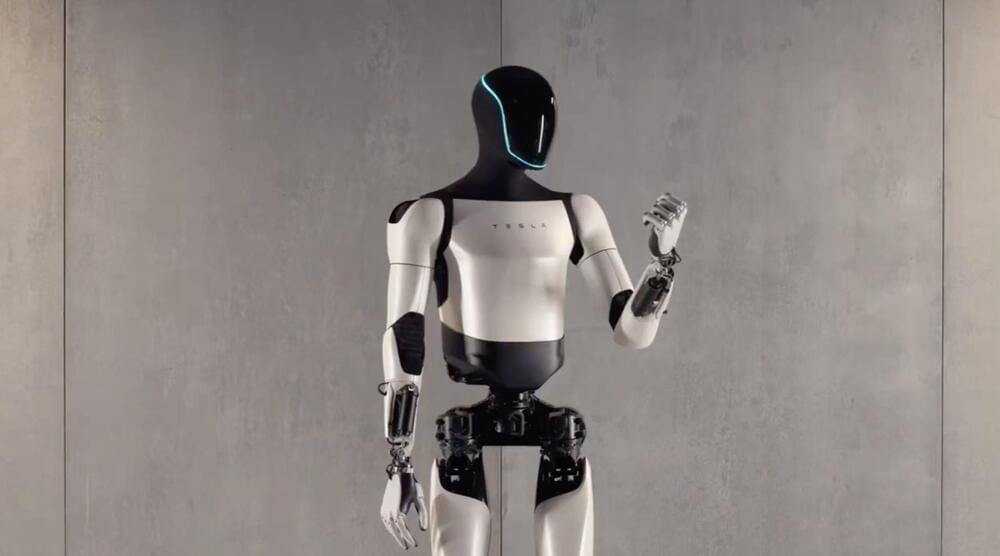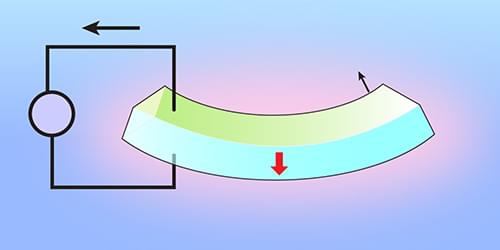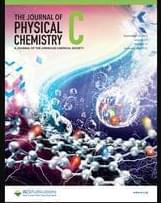
Google Pay, the digital payment app for desktop, mobile apps, and in stores, was pretty much phased out by the introduction of Google Wallet in 2022. Google Wallet, which is a mobile app for Android users, is used five times more than Google Pay, according to the announcement. Since Wallet can also house credit cards for tap-to-pay, as well as digital IDs, and public transit passes, it’s proven to be the more useful alternative.
It’s somewhat typical for Google to launch products only to shut them down or roll them into other products after a few years due to lack of demand or commercial interest. The Google graveyard includes Jamboard, its cloud gaming service Stadia, and Google Play Music. So this is just one of many Google products to bite the dust. But Google Pay users won’t be left stranded.
If you’re a Google Pay user, you can still use the U.S. version of the app until June 4. But you can still transfer funds from your account into your bank account through the Google Pay website after June 4. After that, Google Pay users will no longer be able to send, request, or transfer money through the app.


















